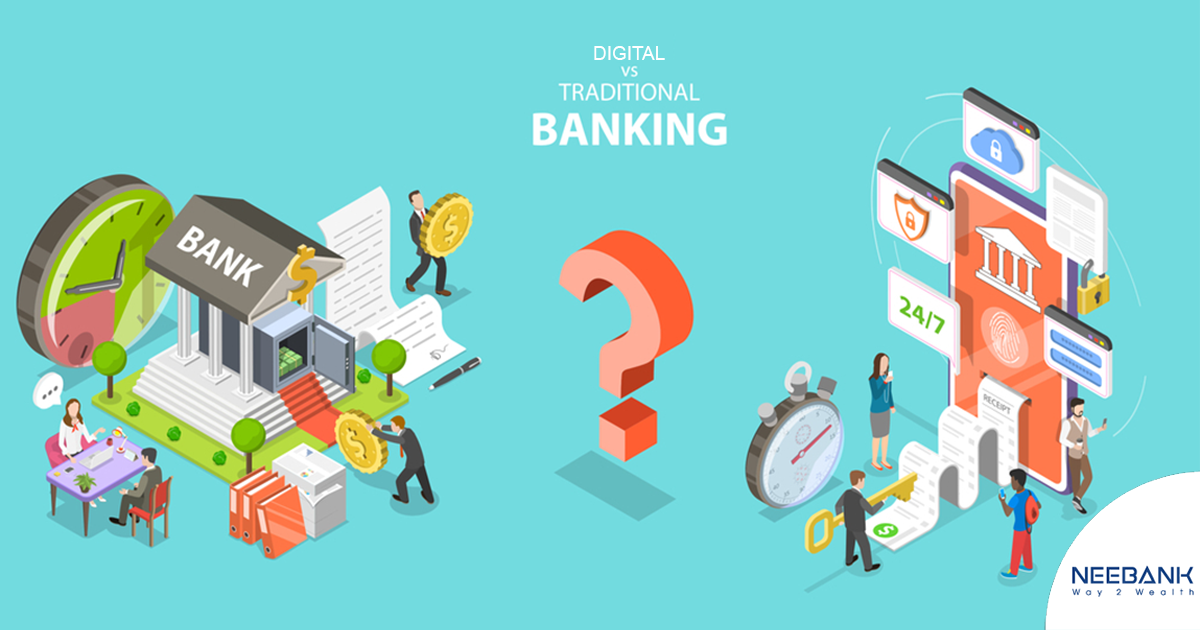
Blockchain and Money 4.0, the biggest threat to traditional banks
The information age has brought about breakthrough change that has touched all of us. Mobile computing allows each of us to be connected to the internet anytime and almost anywhere. Any one of us can check stock prices in real-time or request an Uber ride in just a few minutes. Technology has also disrupted employment patterns, leaving many unskilled workers losing their jobs and replacing entire careers permanently with software and robots.
With that in mind, it is interesting to see that until recently, the major banks have been cautiously changed. Of course, these companies have built financial market transaction automation technology to better assess and model risks and valuate financial assets. However, retail banking, mortgage and personal loan and daily transaction processes fail to keep up with the changing technology, making technology the biggest threat banks face today.
Table of contents
‘Big Tech’ entered the financial arena

Who would have predicted that tech companies like Amazon (AMZN), Apple (AAPL), Google (GOOG) and Facebook (FB) would become a threat to the established banking system? Apple Pay and Google Wallet are experimenting with ways to use technology to efficiently process large amounts of data to make customer transactions easier, cheaper, and more secure. PayPal, an eBay company (EBAY), processes more than $ 315 million in daily transactions and over $ 1 billion a year from its mobile app alone. Startups Square and Venmo are making payments easier for individuals and small business owners, allowing them to compete with larger players.
According to new research from technology company Infosys (INFY) and French retail banking association EFMA, 45% of banks rated the threat from technology companies as highest. After technology companies, the most significant threat to banks comes from telecom companies and from innovative startups.
Big banks are taking this threat seriously. Worldwide, 84% of banks are increasing their investment in innovation (2019), compared with only 13% of banks saying they did so in 2009. According to similar reports, the bank specials practice Middle technology efforts into mobile, big data and social media.
There’s a lot of catching up to do. Apple and Google have been acquiring and developing new projects in an agile way to stay ahead of the ever-changing world. Competition has streamlined these companies’ ability to innovate into new and diverse sectors of the economy. It would be difficult for large financial institutions to act in such an agile manner, especially when making such efforts would mean a great deal of risk. But an even greater risk may not be appropriate at all, allowing technology to usurp the banks that hold the financial system.
Digital currency, Blockchain and beyond

Even central banks and monetary authorities can run the risk of becoming obsolete as decentralized, peer-to-peer digital currency systems emerge. The most widely used of these so-called Bitcoin, which has been steadily adopted by individuals and traders since it was launched in 2009. In the technology sector and anarchist, it is currently being valued by the financial markets and major vendors such as Dell, Microsoft (MSFT), Overstock.com (OSTK), and Virgin Airways – all accept bitcoin. to pay for goods and services. Bitcoin allows people to send money (as long as it is Bitcoin) worldwide in seconds and with very low transaction costs. These transactions are secured by a robust network of computing power, making them secure while remaining anonymous at the same time.
Bitcoin is not only useful as a payment system and digital currency, but the authentication technology ensures the backbone of the system – blockchain – possibly the most disruptive technology that the traditional financial system will have a deal with. Efforts are currently underway to use the technology to secure and validate Bitcoin transactions, to verify real-world transactions outside. Imagine you can safely IPO a company’s stock and for a fraction of the cost of using a stock exchange or investment bank. These shares would then be traded on the same secondary market as they are today, with no central authority and no regular fees. While this may sound far-fetched, the concept is theoretically a matter of time before all types of financial transactions and clearing services are performed through the blockchain.
Conclusion
Traditional banking often lags behind technology. Thus, technology is the biggest threat to the future of traditional banks as we know it. Big tech companies and innovative startups are encroaching into areas that are often reserved for banks. Google, Apple, Amazon and Facebook are a few of the companies that have capitalized on their technological acumen to begin extending customer credit, payment processing, and transaction services.
Money 4.0, which operates without a central authority, is increasingly popular and accepted. Blockchain can prove to be the most disruptive financial technology of all, allowing all types of transactions to be settled and deleted without the need for investment banks, stock exchanges. or even the national currency.
 Account
Account NEECard
NEECard Products & services
Products & services Finance - Banking
Finance - Banking Money 4.0
Money 4.0 Why Should Businesses Accept Money 4.0 Now?
Why Should Businesses Accept Money 4.0 Now?

